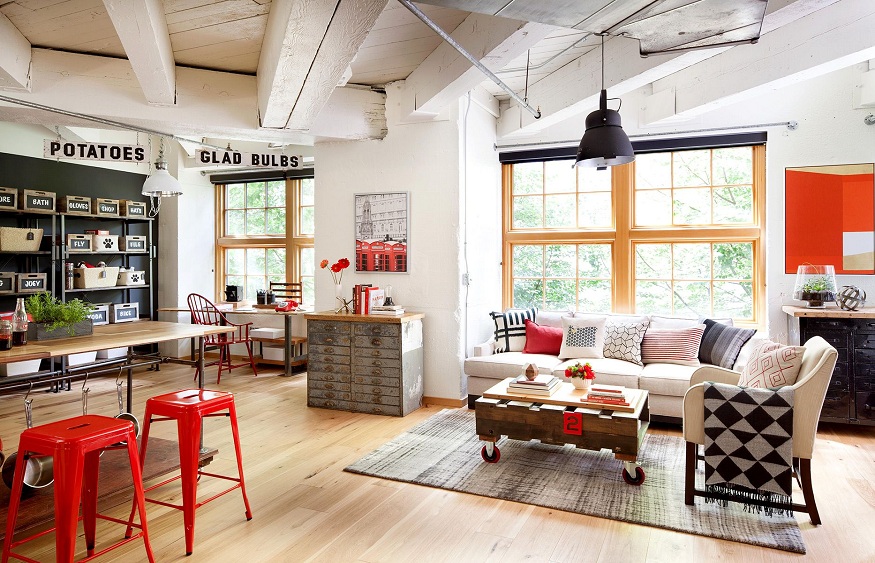Creating a seamless and harmonious look throughout your home can transform it into a haven that reflects your style. One effective way to achieve this is by using color strategically during home painting to connect rooms. By thoughtfully selecting colors, you can create a seamless flow that ties your interior design together, making your home feel inviting and unified. So, let’s dive into these five inspiring ideas to transform your home through room painting to create a cohesive flow.
| IN THIS ARTICLE
5 Ways To Create The Seamless Look In Your Home 1. Choose a Versatile Color Palette |
5 Ways To Create The Seamless Look In Your Home
The flow of colour from one room to another creates a soulful transition and that is something that brings the home together to create one whole masterpiece together. So here are five ways to create this seamless
1. Choose a Versatile Color Palette
To ensure a seamless transition between rooms, start by selecting a versatile color palette that can be used as a base throughout your home. Opting for neutral shades like beige, gray, or off-white creates a timeless backdrop that allows you to experiment with wall colour combinations in each space. These neutral tones also provide a smooth transition from one room to another, giving your home a cohesive feel.
2. Use Accent Colors as Connectors
While a neutral base is essential, incorporating accent colors into different rooms is key to establishing a connection. Select a few accent wall colour combinations that complement each other and use them sparingly throughout your home. For example, if you have a bold blue accent in your living room, consider adding smaller touches of the same shade in the adjacent dining area or hallway. This subtle repetition will create a sense of unity and flow.
3. Create a Color Story
To connect rooms seamlessly, it’s important to tell a color story throughout your home. Choose a dominant color and create a visual narrative by gradually introducing it in varying intensities across different spaces. For instance, if you love shades of green, start with a light green in your entryway, then progress to a deeper shade in the living room, and finally, incorporate a bold emerald green in the bedroom. This gradual progression creates a compelling visual journey and connects each room with a common theme.
4. Utilize Color Blocking
Color blocking is an effective technique to visually connect rooms while adding interest to your overall design scheme. Identify areas where the walls meet, such as corners or archways, and consider painting them in a contrasting color. This creates a strong visual connection between the two spaces, making them feel like part of a cohesive whole. Remember to choose colors that complement each other and maintain a sense of balance.
5. Coordinate with Furniture and Accessories
To reinforce the connection between rooms, coordinate your furniture and accessories to match the chosen color palette. Opt for pieces that echo the accent colors used throughout your home. For example, if you have a vibrant orange accent in your kitchen, incorporate orange-colored cushions, artwork, or rugs in the adjacent dining area or living room. This consistent use of color will tie different spaces together, creating a harmonious and seamless look.
By selecting a versatile color palette, using accent colors strategically, creating a color story, utilizing color blocking, and coordinating furniture and accessories, you can establish a cohesive and visually appealing interior design. Experiment with these techniques for house painting or room painting and create a home that flows seamlessly from one room to another while reflecting your style. Happy room painting!
